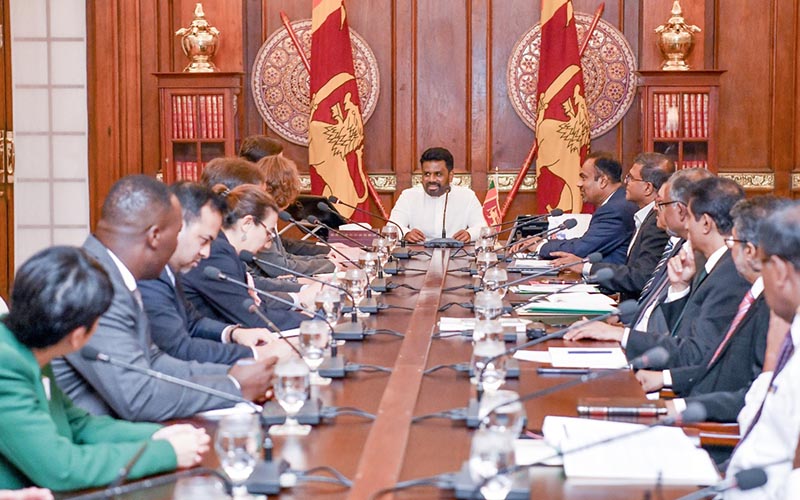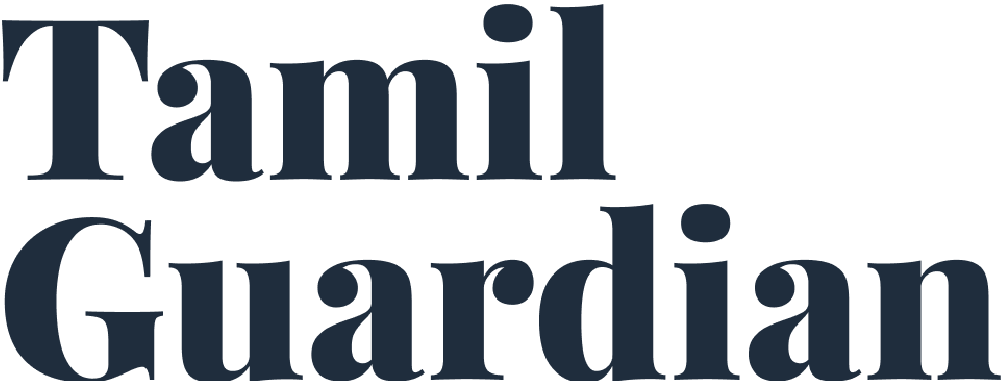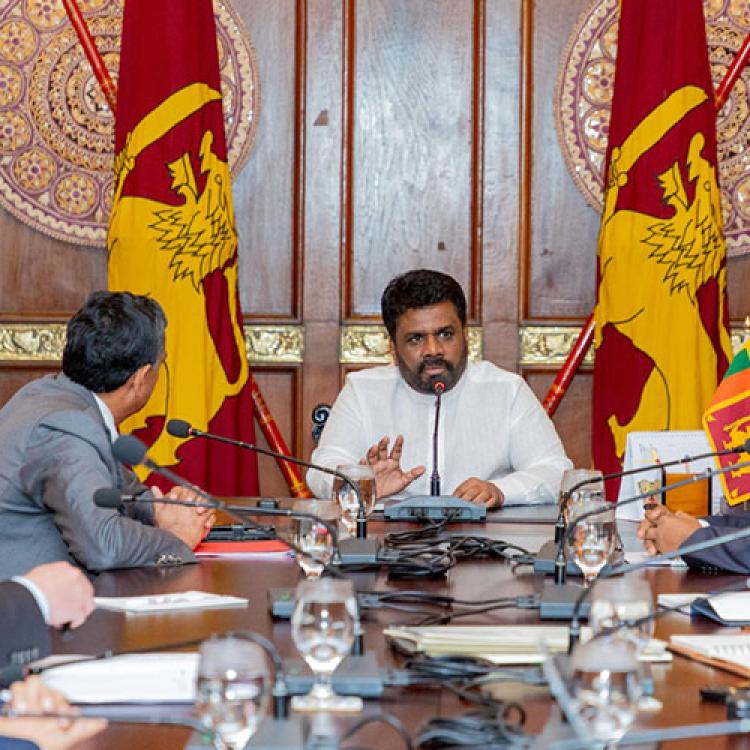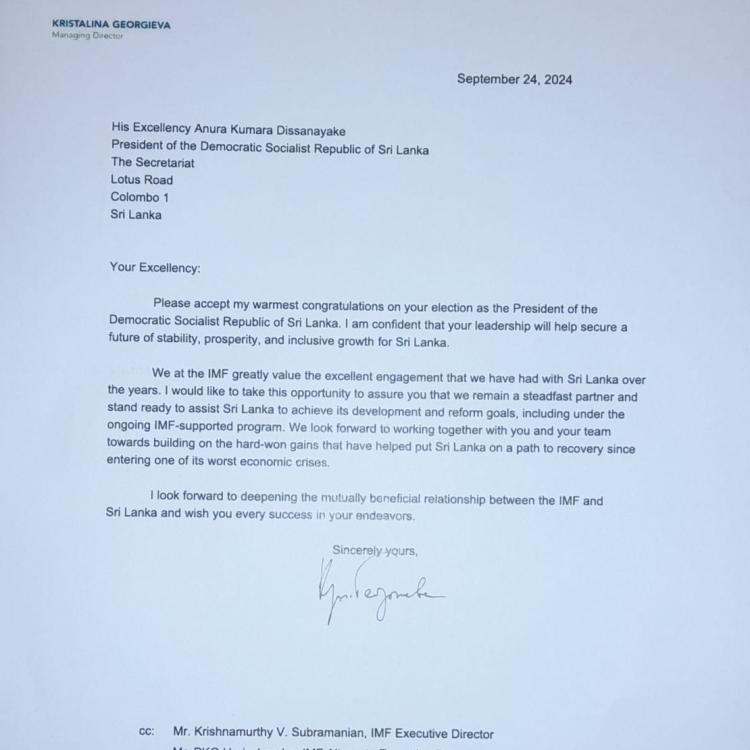
On the same day that Sri Lanka's President Anura Kumara Dissanayake finalized his cabinet of ministers, the International Monetary Fund (IMF) delegation, led by Senior Mission Chief Peter Breuer, was in Sri Lanka to assess the country’s progress under the IMF program. The timing of the visit underscores the IMF’s keen interest in monitoring Sri Lanka’s economic direction and the government's adherence to program requirements.
During the meeting at the Presidential Secretariat, Dissanayake reiterated his administration’s commitment to working with the IMF to advance Sri Lanka’s economic recovery. Whilst he emphasized rebuilding public trust in governance and ensuring social spending targets are met, critics have raised concerns about whether these pledges can translate into tangible relief for Sri Lanka’s struggling citizens.
The IMF’s focus remains on fiscal targets, including raising government revenues to 15% of GDP and achieving a primary surplus of 2.3% by the end of 2024. These stringent requirements come as Sri Lanka grapples with public sector salary increases, subsidies for farmers and fisheries, and proposals to expand social welfare programs under Dissanayake's National People's Power (NPP) government. With the next budget to be presented in February 2025, aligning it with IMF parameters will likely leave little room for flexibility.
The IMF, too, reportedly raised concerns over the underutilization of social spending in previous programs.
In October this year, the IMF delegation that met Dissanayake, warned that “vulnerabilities and uncertainties do remain” and that it still needed to maintain "hard-won gains".
During his presidential campaign, Dissanayake pledged to “renegotiate” a much-needed IMF bailout program, with fears his pledge could potentially plunge the country back into the economic crisis it experienced in 2022. The IMF, however, underscored the critical need to avoid any backsliding that could jeopardize Sri Lanka’s economy.


